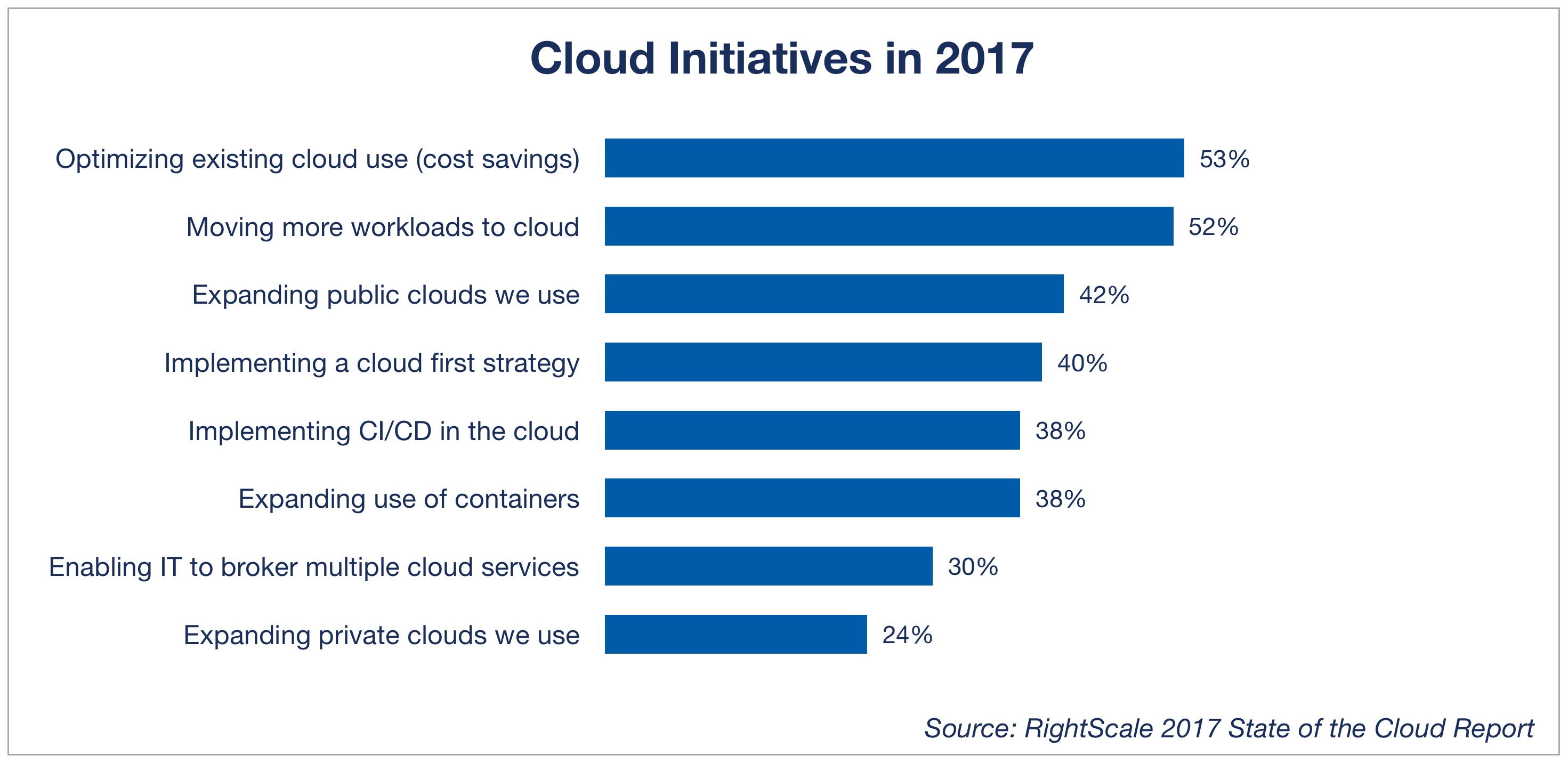In our previous article, we have covered the list of benefits an ERP solution brings to your business. However, it’s not about the solution itself, it’s about the way you use it. The same rule applies to the ERP system as well: do you really think that having installed a solution fifteen years ago is enough for developing your business? The question is quite rhetorical, so in this blog post, we’re going to discuss what disadvantages an old ERP brings to your business and why you have to think about making a change.
There’s a sort of a refrain we use in our articles – innovation and technological progress are defining the modern way of doing business. And it’s always been this way. However, nowadays, the speed of technological breakthroughs is so high that embracing that paradigm should be a do or die attitude for any business. You just can’t beat the competition with your well-tried yet old-fashioned techniques or solutions.
This way, an ERP solution from the bygone era can’t be seen as your ally anymore. In fact, it’s one of your biggest foes now, and no matter what you’re trying to come up with to save the day, eventually you come to realize: it just isn’t keeping up with nowadays’ business and technological demands no matter what. This way, this problem poses a serious threat to a business, and if you’re still asking yourself “Do we really have to change our legacy ERPs to a modern cloud-based solution?”, the answer is a resounding “yes, you have”.
But don’t be nervous as you’re not the only one to wonder. A significant number of organizations across industries still rely on their outdated ERP systems. Guess what: I do not even mention 1.0 versus 1.1 versions, not at all. The thing is that companies still use solutions from the pre-Internet age, the software which is most likely older than the majority of your employees.

Real-Time Data
As a matter of fact, the data analysis and ERPs are supposed to stay in close relations. If your ERP solution can’t address and analyze data in real time, it means that it is deprived of modern communication and collaboration features. Accordingly, don’t expect it to provide any insightful alerts allowing you to modify a condition before it becomes a serious issue. Thus, without resorting to this type of advanced notifications, you may easily fail to notice some urgent maintenance needs, or become uninformed of continually changing market conditions.
In fact, those systems bare the label “outdated” mainly for two reasons. First of all, they are not fully integrated with other running systems of an organization and fall short of capturing real-time operational data. Secondly, the analysis is done manually via spreadsheets, so there’s a huge room for errors. It takes a lot of time, efforts and what is worth – this way of conducting analysis is mostly inefficient.
Current ERP systems have the ability to monitor hundreds of business conditions simultaneously, and thanks to the notifications they’re able to send, one can change conditions according to the specified rules. The speed and convenience are their strong points too: visually-appealing dashboards and text messaging options will keep you aware of key performance indicators and critical conditions exactly when you need it.
High Maintenance Fees
Over the last few years, cloud computing has gained use in various industries worldwide. As the use of data is growing in volumes, organizations find increasingly hard to keep all of their information, programs, and systems in operation on internal computer servers.
In fact, if you haven’t moved your business into the cloud, it is the right to do so. The old systems demand too much valuable financial and human involvement as their maintenance fee is high, and that’s exactly the opposite with the cloud software – there are no ongoing fees for maintenance or feature-adding. This way, the use of the cloud works in both directions: it helps lowering costs and increasing the efficiency of an enterprise.
Besides, the use of cloud software works great for improving security. According to Saleforce’s report, as much as 94% of organizations could see the positive change in security after they have moved to the cloud. In a nutshell, one may easily state: it’s nearly impossible to keep up with the growing number of government and industry changes if you still use an outdated solution, especially when we talk about tax and business financials. Can you imagine the process of dealing with spreadsheets or calculating sales tax manually? Just a lonely thought about it sends chills down my spine.
Mobility
Due to their age, the majority of outdated ERP systems don’t come with reliable Internet applications, or, in other words, your solution doesn’t provide mobility, it slows down your business. The biggest flaw lies in the delay in transmitting the flows of information. Your employees want to have an access to the info they need via their smartphones or tablets, and they want to have an ability to share it in a quick and convenient way.
Again, the notion of mobility is all about proper communication. Any employee would like to be on the same page with the rest of the organization – sales staff, freelance and remote employees – in real time, improving the quality of decision-making processes within a company.
Cloud software is about connectivity and better work-life balance as well. Current ERP applications ensure a high level of connectivity with other platforms and web applications, and your clients have the ability to check their orders and returns exactly when they feel to. On the other end, your suppliers can fulfill customers’ orders as they process in your ERP. Your stock levels stay up to date, offering great visibility for your sales representatives and customers who might be browsing through channels like eBay and Amazon.
Final thoughts
Summing up all these insights, it would be fair to say that age “version-locked” systems stand between you and your organization’s future. A study by Verizon showed that in 2017 77% of businesses feel cloud technology gives them a competitive advantage, and 16% believe this advantage is ‘significant.’
By providing sales staff with updated inventory data, real-time order processing, and calendar or routing information, one can save hundreds of working hours. A proper ERP solution is no longer something you’d just like to have – it’s a vital necessity.









